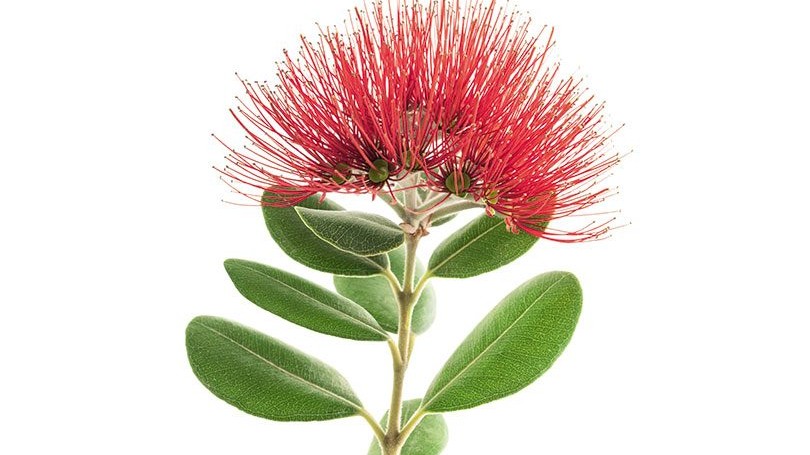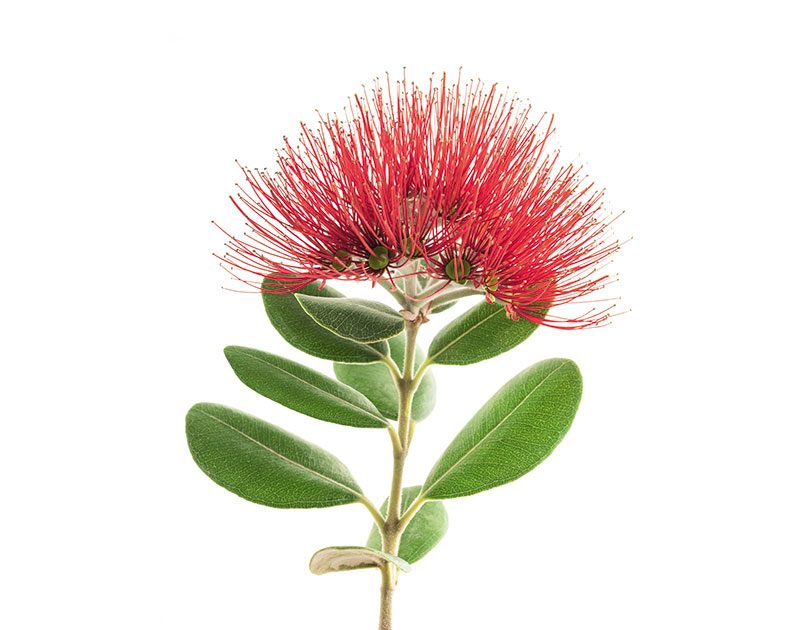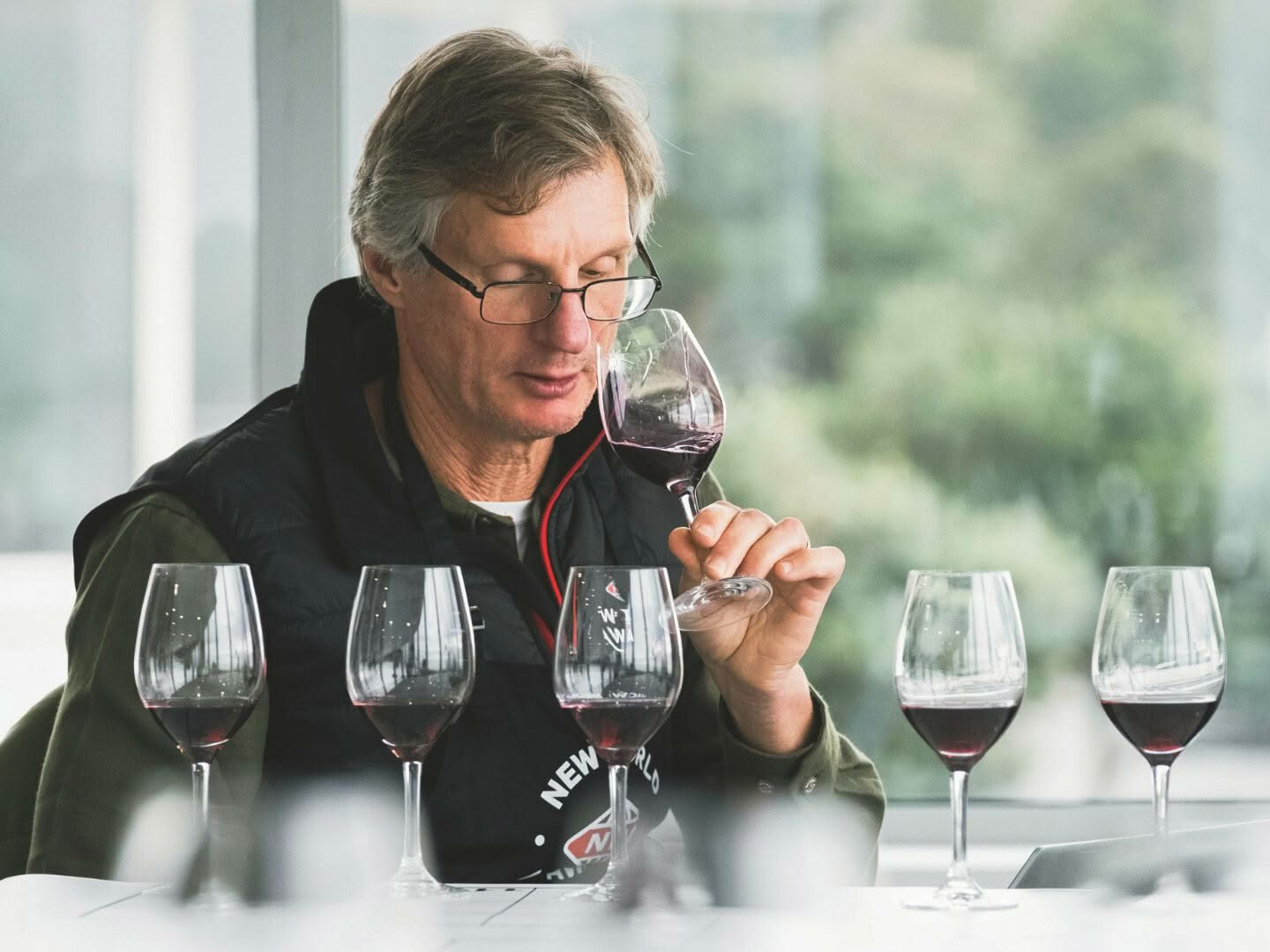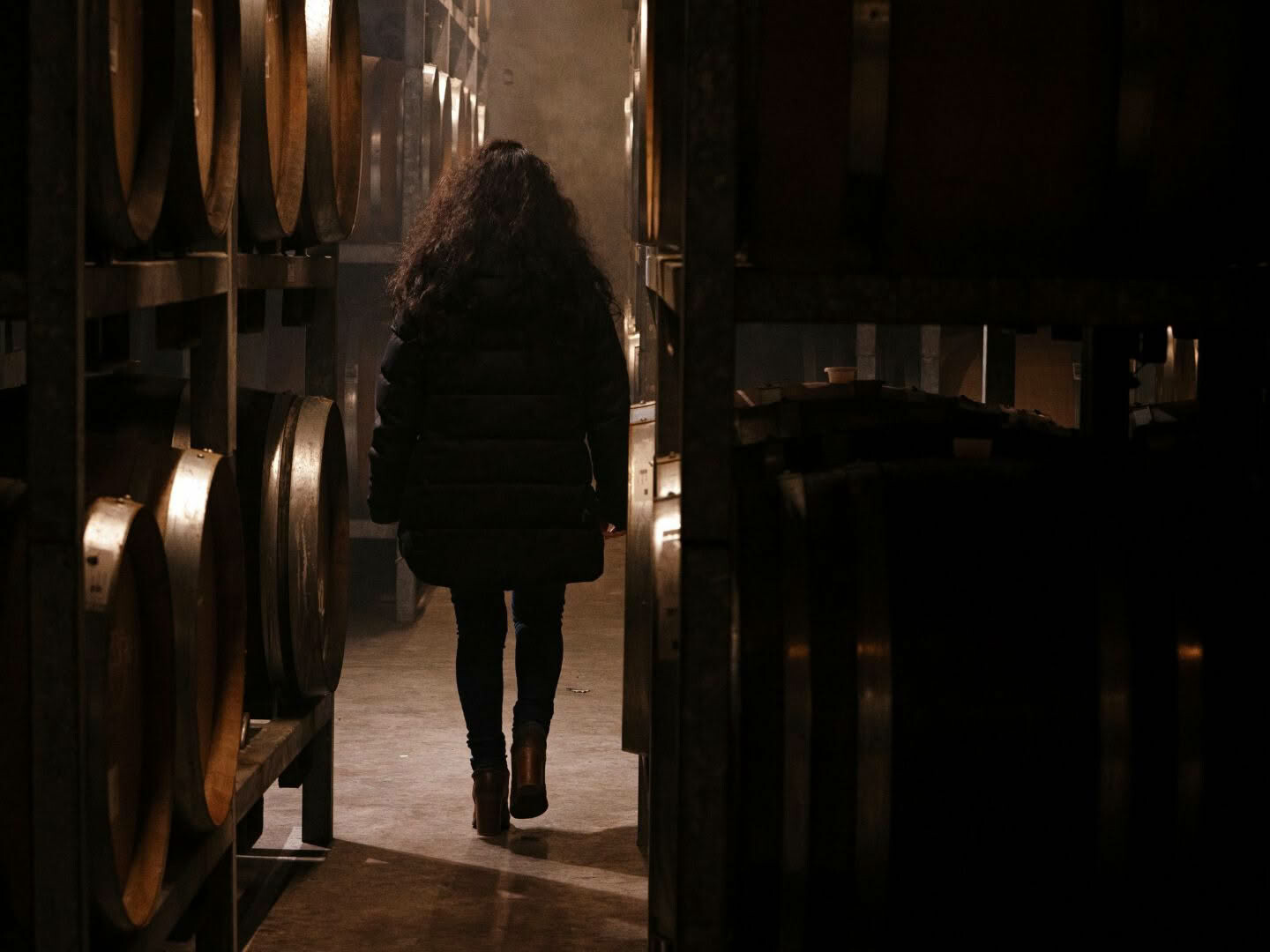Here comes summer and it’s time to refresh your wine-drinking mindset, says STEPHEN WONG, MW.
The days stretch longer than the nights as the earth around us glides from renewal into full growth with the abundant sunlight. Our transition from Whiringa-ā-rangi to Hakihea also brings with it the much- awaited blooming of pōhutukawa, marking the arrival of raumati on the maramataka. As we progress into this time of plenty, our small nation enters that period where the cultural festivals brought by immigrants from the northern hemisphere are celebrated out of sync with the seasons they traditionally relate to. Whether Diwali, Dia de los Muertos, Hannukah, Zhongyang Jie (and for Americans, Thanksgiving and Native American Day) or any number of others at this time of year, there are strong harvest elements to these celebrations, and inevitably, seasonal food references.
While retaining the concept of food celebrations, many New Zealanders incorporate seasonally relevant food such as asparagus, artichokes, new potatoes and peas, vine tomatoes and beans, eggplant, courgettes (ratatouille anyone?), kahawai, young lamb and local fresh milk cheeses. These may surround a centrepiece that holds onto a slow-cooked, heavily sauced nod to harvest-festival food, but we are slowly shifting how we eat to suit our place in the world. As a result, we also have a different set of wine options for this time of year.
For the regular drinker, the temptation would be to move away from red (though you don’t have to, as I’ll explain below). Everyone is talking about rosé and drinking it. By all means, go nuts. Rosé is fantastic and it’s delicious – modern rosé especially – as it bridges everything from crisp dry white (most Provençal rosés these days are super-pale and light, basically slightly soft light whites) all the way to something bordering a chillable red. Yes, chillable reds are a thing, too, and they’re great. They don’t have to be that light either; don’t restrict yourself to pinot noir. The classic chilled red is probably gamay (as in light and direct versions of beaujolais), but there is so much excellent chillable red available now. For the adventurous, head to the reds of the Loire. Gamay is grown here, too, but so is grolleau and cabernet franc made the crisp and crunchy way. Other good sources include the Jura and Savoie; parts of northern Italy around the Alto-Adige (especially the schiava grape) or Val d’Aosta (fumin); various parts of Spain that are leaning towards softer, more drinkable reds, such as Navarra, Galicia and Sierra de Gredos; whole sections of Portugal such as Bairrada; and, of course, Austria which is making lighter, refreshing reds and field blends of various varieties.
New Zealand also offers plenty of choice for local sourcing. Take advantage of many wineries’ spring releases (most winemakers release in autumn and spring). You will often see the first of the aromatics emerging at this time: fresh sauvignon blanc, pinot gris, albariño, chenin blanc and riesling. Rosé hits the big time in October and November as the floodgates open on pink wine, and for those preferring something red, we are also seeing a wave of un-aged, fresh reds from lighter varieties coming out (including any New Zealand nouvelle wines left after their August release festivities) – think gamay and cabernet franc again, zweigelt, St. Laurent, sangiovese, dolcetto, lighter pinots and syrahs, even the odd bright, young malbec. Helpfully, many of the modern, vin-de-soif type depictions of these can also be lightly chilled and weigh in at a healthier 11–12.5% ABV, and the younger generation of winemakers have no qualms about blending red and white varieties together to harness the qualities of drinkability and refreshment within a red or red-adjacent context.
Two other styles to look out for are piquette and pet nat – fun alternatives to full-blown sparkling wines. A pet nat (or pétillant naturel) is a naturally sparkling wine where first fermentation finishes in bottle, rather than one that undergoes a second fermentation like méthode traditionelle or prosecco. One thing to note with pet nat is how effervescent they can be when first opened. If you see some sediment in the bottle it has not been disgorged and is likely to be quite excitable and gushy when you first open it. Not an issue if you’re outside, but something to watch for if you don’t want to redecorate the dining room!
A piquette is a clever low-alcohol drink (often 6–7% ABV) that reuses the pressed grape must (the marc), which is a by-product of winemaking. By adding water, the remaining juice, sugar and flavour are extracted and fermented into a lighter, often slightly spritzy drink – a bottled (or canned) version of a harvest wine. It obviously takes skill to make something tasty from partly spent raw materials, and there are successful New Zealand versions from the likes of Garage Project, Kindeli, Alpine Wine and Known Unknown.
For me, this time of year involves a lot of wine deliveries as I get in early on new releases to find my ‘wines of the summer’ while there is still time to place another order. A look in my fridge provides a glimpse of my drinking strategy.
STEPHEN’S SUMMER STAPLES
For versatility without taking over the whole fridge, I try to keep the following chilled and handy:
1 / FRUITY PET NAT and/or a drier fully sparkling wine, which is also perfect for spritzers and making a backyard Bellini (or even a Soixante Quinze if you’re a bit fancy).
2 / CRISP DRY ROSÉ
3 / DRY AROMATIC WHITE WINE such as (dry) riesling, albariño, sauvignon blanc or chenin blanc for sheer refreshing quality (chablis or new- wave chardonnay work too, especially with shellfish and fresh milk cheese).
4 / PINOT GRIS OR SWEETER RIESLING for something a bit sweeter, (some sugar really helps with anything spicy or you have a particularly salty meal, plus it’s a great glass to have while you’re prepping/cooking).
5 / LIGHT RED from the many suggestions earlier, which you can allow to come up to room temperature gradually after the sun sets. Tip: It’s usually a bit too cold when it first comes out of the fridge. I like to let it rise to about 15°C before I drink it, or if you have ice, you can always chill a bottle down from room temperature instead.
6 / A few cans of PIQUETTE and SOUR BEER to top it off, though those tend to disappear mysteriously (I blame the husband).
Between these styles, I am firmly anchored in the season and always have something without having to think too hard if I need a bottle at short notice, at least until we get to packing for the summer road trip. If you’re looking for a refresh of what you’re drinking, give my strategy a test drive… your mileage may vary!
SEE MORE FROM CUISINE
Your Next Favourite Wine is Right Here
From elegant whites to bold reds, discover the New World Wine Awards…






